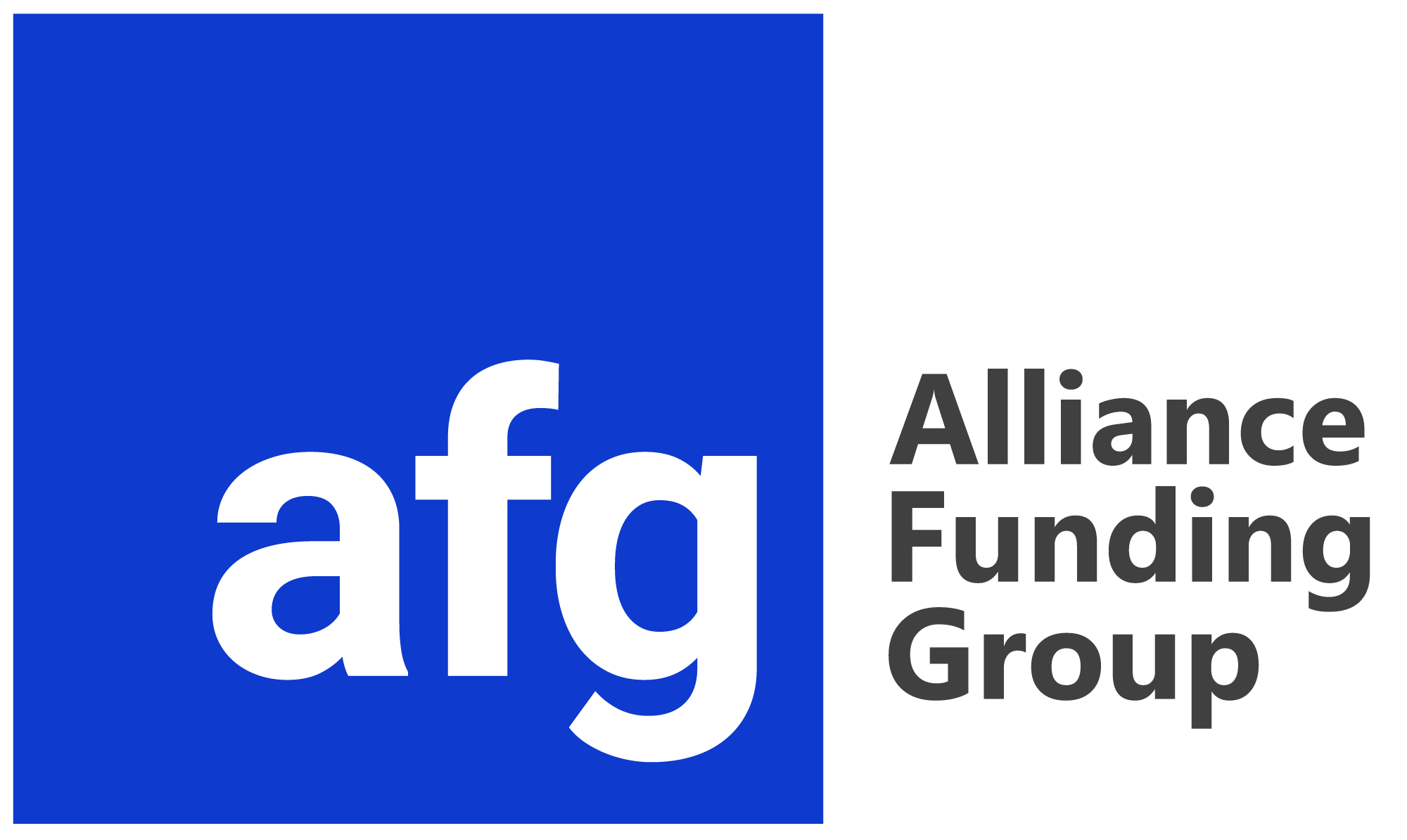With specific challenges post COVID-19, large businesses and SMEs are leveraging AFG’s suite of financing solutions for more than just equipment leasing. For many businesses, the complications associated with a decrease in working capital have been crippling to their bottom lines. Companies are experiencing new challenges that require strategic solutions in order to maintain or increase their solvency.
Having worked closely with over 25,000 clients, AFG has been able to identify the frustrations many customers have faced with supply chain management. By helping customers leverage our working capital solution with supply chain finance, customers have been able to manage and grow their cash more effectively and efficiently.
What is Supply Chain Finance?
Supply chain finance (SCF) encompasses a set of solutions that improves cash flow across the supply chain. It allows businesses to optimize payment terms to their suppliers while providing the option for their large and SME suppliers to get paid early. As a result, disruptions to the supply chain are minimized while the velocity of cash flow across the chain is optimized.
In supply chain finance engagements, buyers send approved invoices from their participating suppliers to a bank (or financing institution), and the bank can make an early payment to the supplier at a discount. Rates and discounts are contingent on the buyer’s credit, but the process of supply chain finance allows buyers to hold on to their cash longer, thus maximizing their working capital. Suppliers get paid faster and take advantage of financing rates they may not have been able to get on their own.
Why Consider Working Capital Solutions for Supply Chain Finance
According to the 2022 Business Leaders Outlook, business owners are more optimistic than ever in spite of the COVID-19 landscape. An increase in capital spending and credit needs reveals that companies are poised for growth and expansion. Clogged supply chains, however, rank second among the top five obstacles reported by business owners. Therefore, supply chains continue to struggle to meet demand, even with bottlenecks improving since 2021.
It doesn’t end there. According to a Rutgers Study, the disruptions to businesses, from customers, to suppliers, and affiliated service providers, such as banks and logistics providers, have caused chaos. Businesses of all sizes are turning to supply chain financing solutions to stabilize liquidity and their net working capital in order to maintain solvency and ensure continuity of supply through their supply chains.
In order to stay competitive and meet the needs of their customers, small to mid-sized companies have started expanding their strategies to mirror those of their larger, multinational counterparts by diversifying their supply chains and taking a strategic approach to sourcing and stocking goods. This, however, requires available working capital.
How the AFG Working Capital Program Can Help
An infusion of working capital, either via loan or line of credit, can stimulate the movement of cash through your supply chain by offering money saving incentives for faster payments. This also promotes a symbiotic relationship between buyers and sellers through a series of processes that lower costs and improves efficiency for the involved parties, keeping the supply chain agile and competitive in spite of challenges.
The AFG Working Capital Program features flexible transaction amounts and term lengths with no prepayment penalties. In conjunction with our internal credit facilities and syndicate bank partnerships, AFG also has the ability to underwrite various credit profiles and can provide working capital, financing, and leasing to an array of businesses and government agencies. Our streamlined application process and minimal bank statement requirements help you get the financing you need so you can grow your business.
Managing a steady stream of cash flow is the hardest part of growing a business. Contact AFG to learn more about how a working capital solution can accelerate movement across your supply chain.




